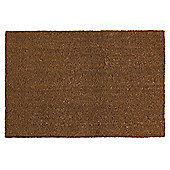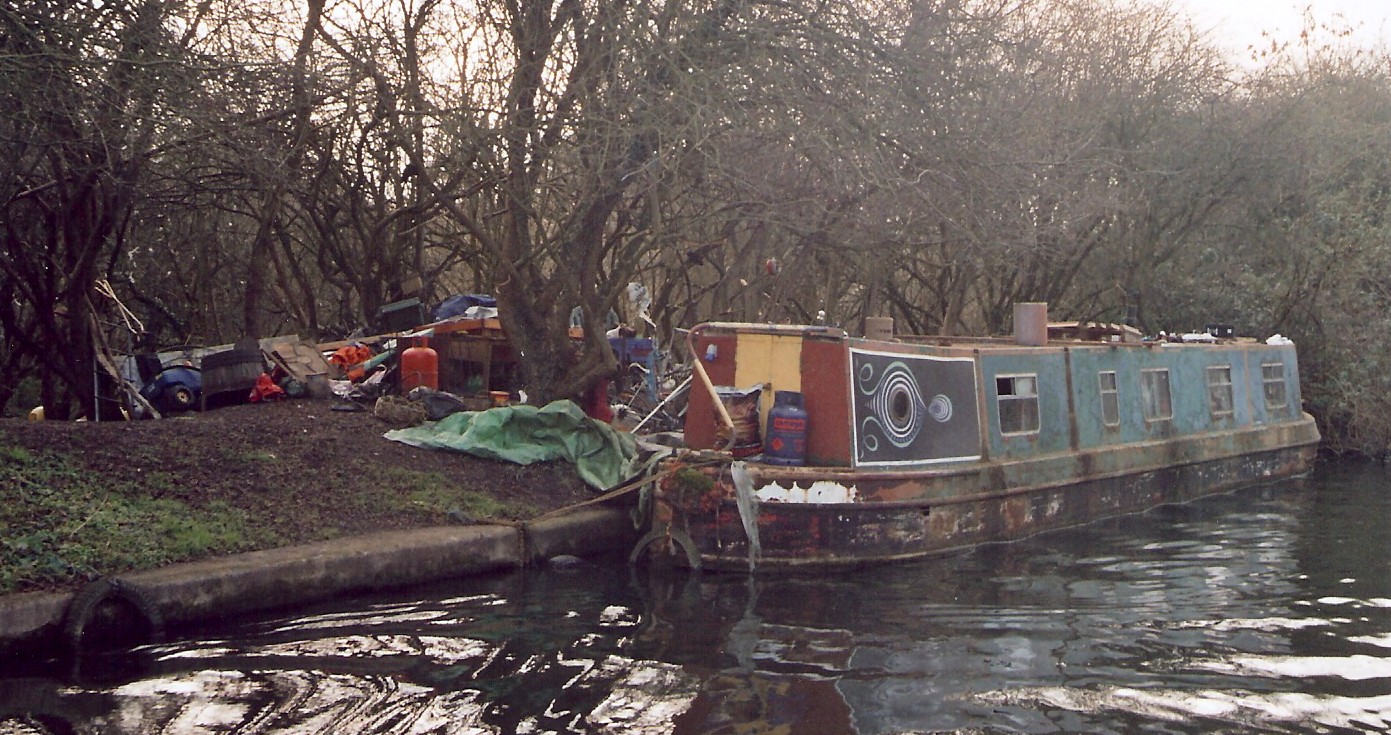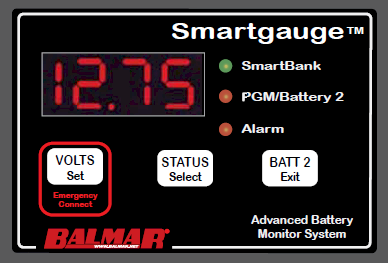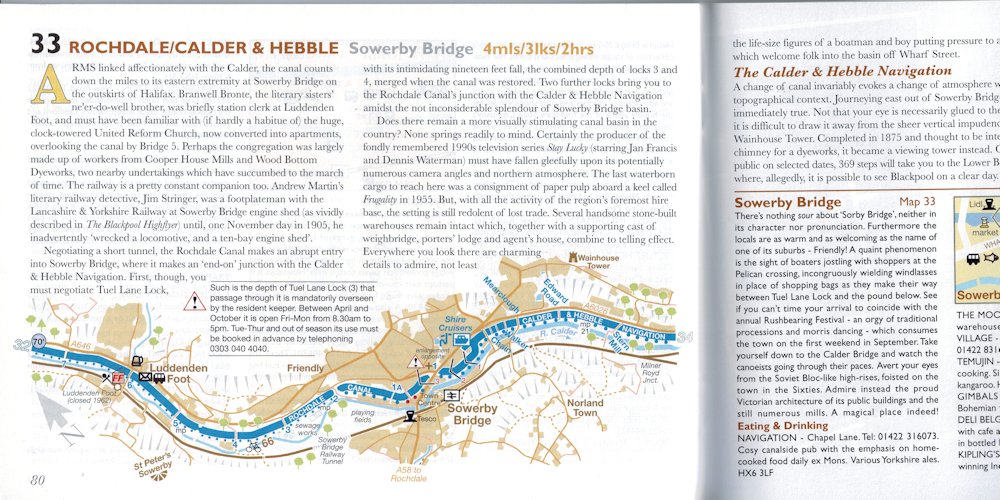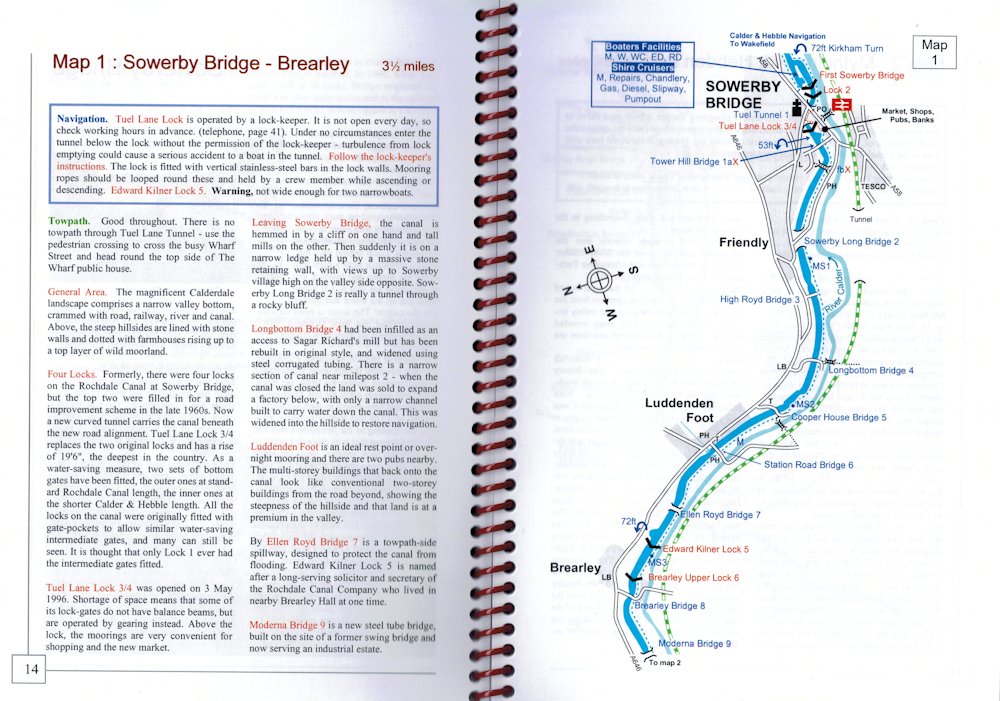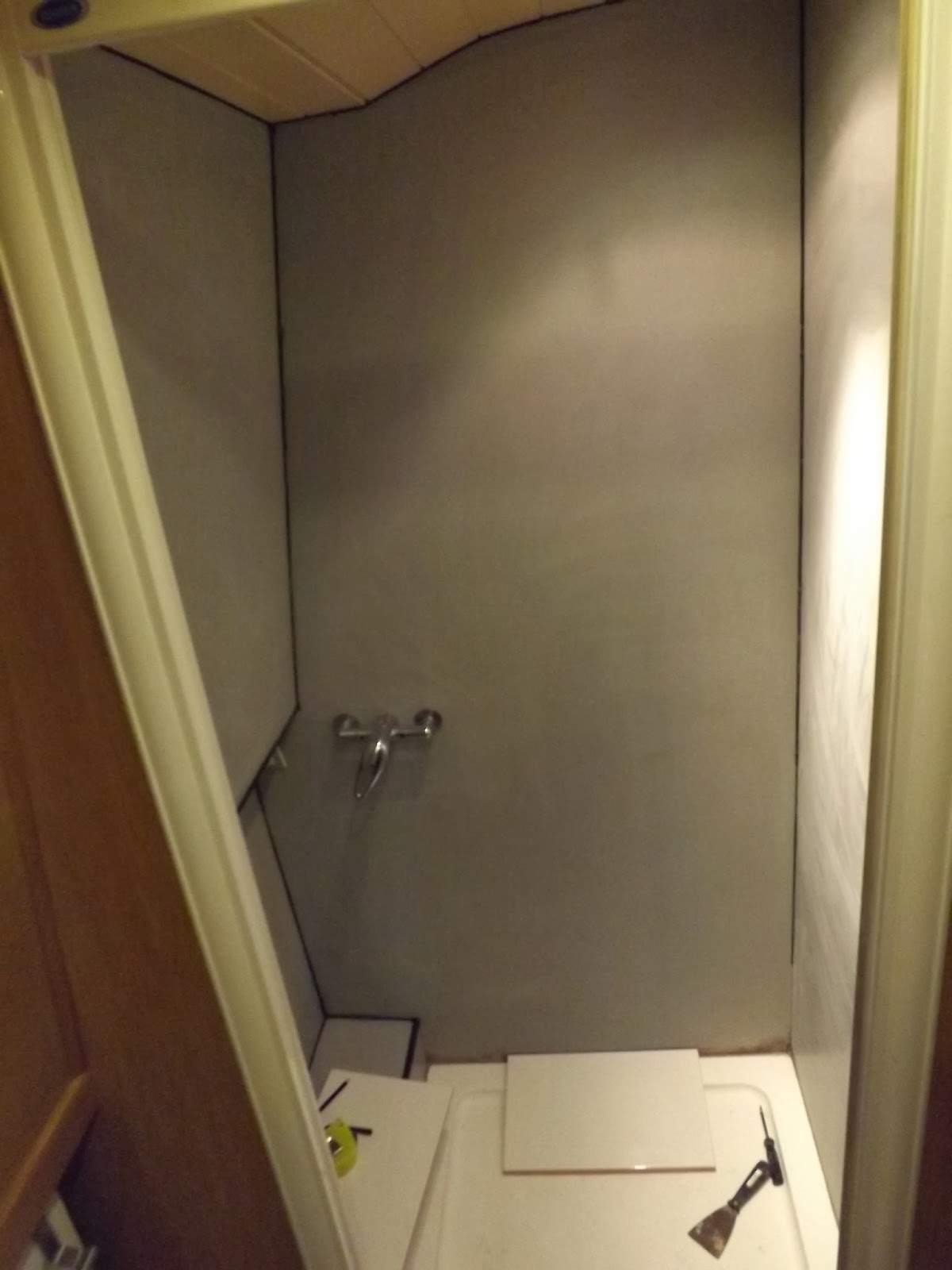We arrived at the boat on Sunday lunch time. Unfortunately our son was keen to get off home again so it was a quick turn round and a hurried farewell to our daughter. It was much easier last year when there was just the two of us. Mind you it meant that we could get everything stowed away and even a few jobs done, like filling up with water.
I wont lie and say I had a lovely nights sleep but it was only because of Macy the cat meowing regularly through the night. It was like having a baby aboard. I think she was missing her 'sister' and she is used to sleeping all day and being out all night at home and it takes her a while to change round when she is on the boat.
Whilst we were on the the shore power a carried out an 'equilisation' of the batteries and whilst that was being done I checked the gearbox oil and all the other jobs one has to do before we were off at about 1015 with no ceremony.
I wont lie and say I had a lovely nights sleep but it was only because of Macy the cat meowing regularly through the night. It was like having a baby aboard. I think she was missing her 'sister' and she is used to sleeping all day and being out all night at home and it takes her a while to change round when she is on the boat.
Whilst we were on the the shore power a carried out an 'equilisation' of the batteries and whilst that was being done I checked the gearbox oil and all the other jobs one has to do before we were off at about 1015 with no ceremony.
That was our hole for five months. It served its purpose but it is good to be underway again.
We didn't go very far, about 200m and then tied up to do a bit of shopping in Thorne followed by a bacon banjo for lunch. The next event was trying to get through the Princess Royal Footbridge. This is owned by the local council and seems to have always been a problem. Passers by all spoke of the trouble it had been and indeed it was left open when we came this way in October. We had relatively little trouble but the control lid didn't seem to lock.
The Princess Royal Footbridge is open but seems a little crazy when there is an easily accessible road bridge with footpath next to it.
There are no fisherman about and the weather is so nice even the fish are taking the air.
Thorne lock swing bridge was really stiff and it took Helen and I and a couple of walkers to get it swinging. It was very pleasant pottering along the deep canal at a nice even pace. A swing bridge at Bramwith and the the lock. There are some nice boats moored up here and I reckeon it would make a very pleasant mooring.
Does my bum look big in this? A good illustration of the difference in a wide beam and a narrowboat.
We were soon at the junction of the Keadby and Stainforth Canal and the Sheffield and South Yorkshire Canal and once more on to new ground for us.
At the junction. Left to Goole and Leeds and right to Thorne, Keadby and the Trent.
We moored up just before the next lift bridge and went for a walk round the village of Barnby Dun that involved a pint of Guinness, but only because there was not one real ale in the place. Still more pubs to sample over the next few months. Back on the cut and looking forward to Doncaster, Rotherham and Sheffield.






